Morondava is a fisherman’s beachside town on the west coast of Madagascar. Anyone planning on going to the Tsingy Stone Forest will undoubtedly pass through this town whether it’s flying into Morondava airport or to spend a night before venturing on the less than comfortable drive to the Tsingy. Morondava is most famous for the Avenue of the Baobabs.
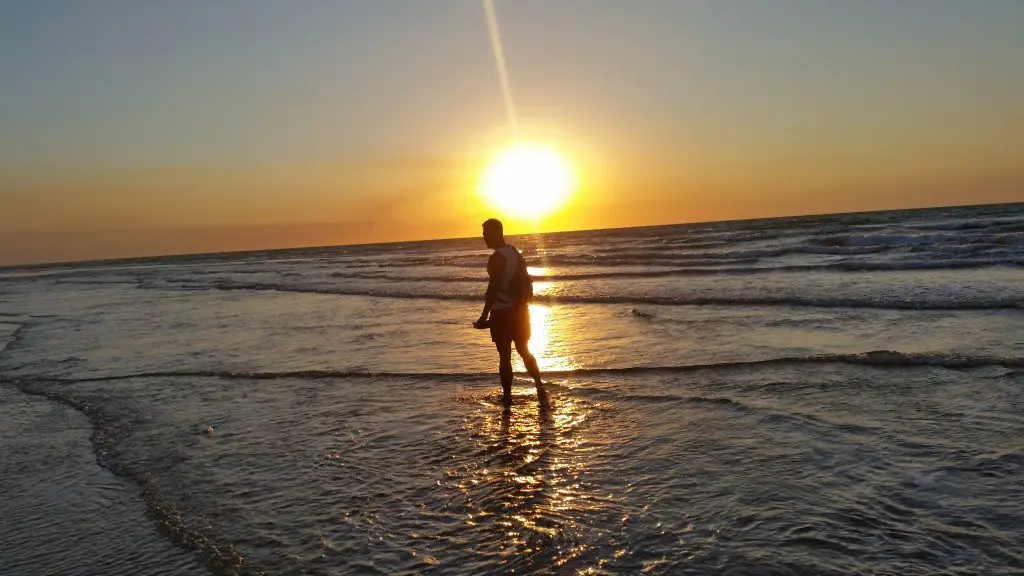
We ended up coming here twice, the first being to stay overnight before the Tsingy (can’t be avoided!), and the second to relax for a few days on the beach after finishing the Tsingy. Morondava is slowly becoming more touristy but even as of 2014, it felt like this place was as sleepy as any other Malagasy town, even though it is blessed with deserted sandy beaches, and one of the coolest things I’ve ever seen, the Avenue of the Baobabs.
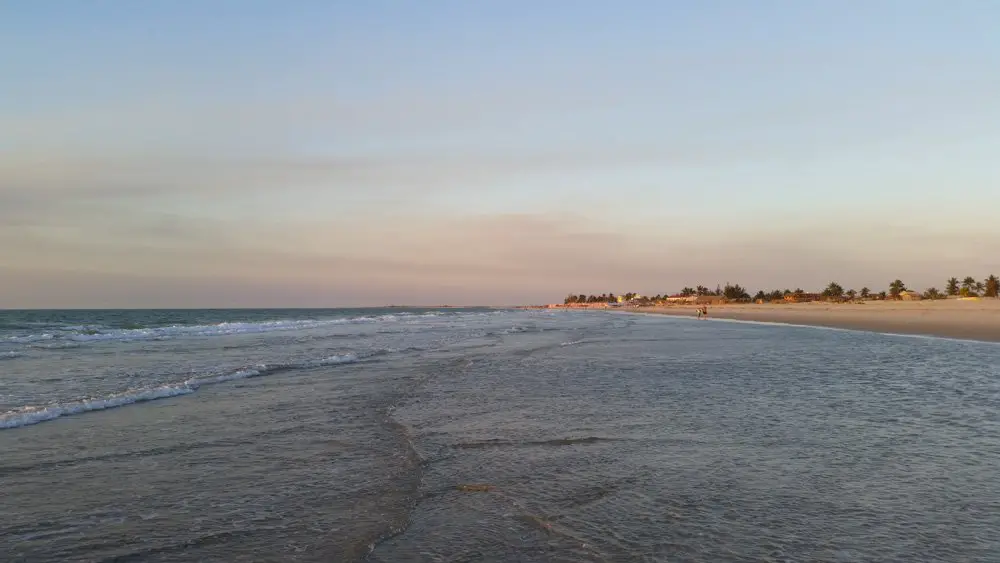
Beach for the locals
The thing that stood out most to me is how many locals use this beach. Most of the nice beach I’ve visited in the developing world is catered for the tourists, as if the locals were driven out to make space for tourism revenue. The locals sometimes work on the beach, trying to heckle people, while living further inland as the price of tourism has priced them out.
Not here. There was a big festival the night we arrived. Locals came out in the hundreds to eat, drink, and party. This beach clearly belongs to them, and we were simply welcomed outsiders. We experienced no heckling the entire time. It is a refreshing sight to see in this day and age.
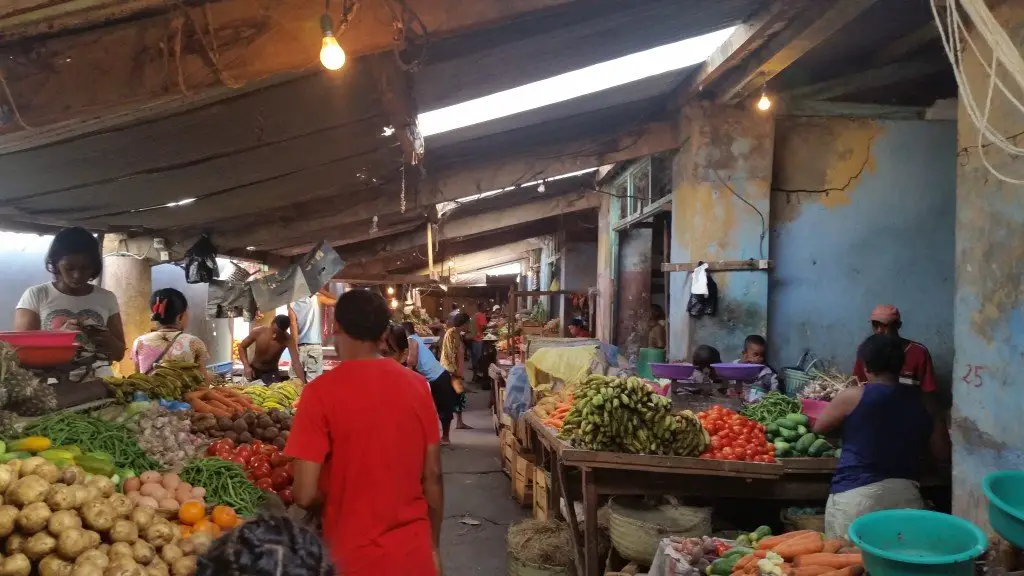
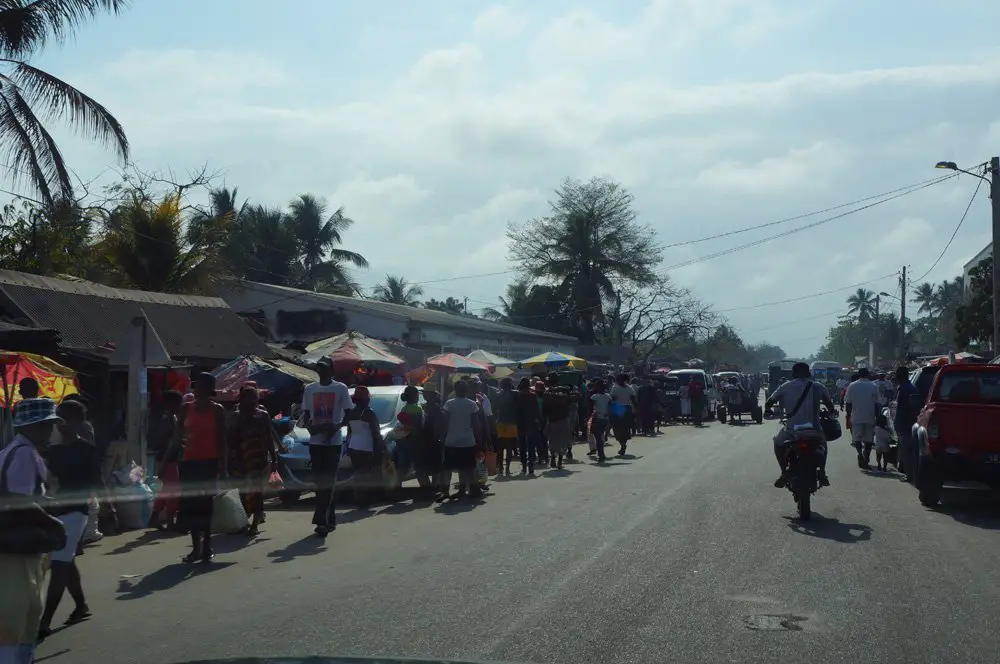
Avenue of the Baobabs
The Avenue of the Baobabs is a congregation of 20 or so giant baobabs in a row. There are dozens of species of baobabs throughout Africa but it is only here that these specific baobabs reside. These trees are massive, standing over 30m tall, with huge trunks that can be more than 7m in diameter.
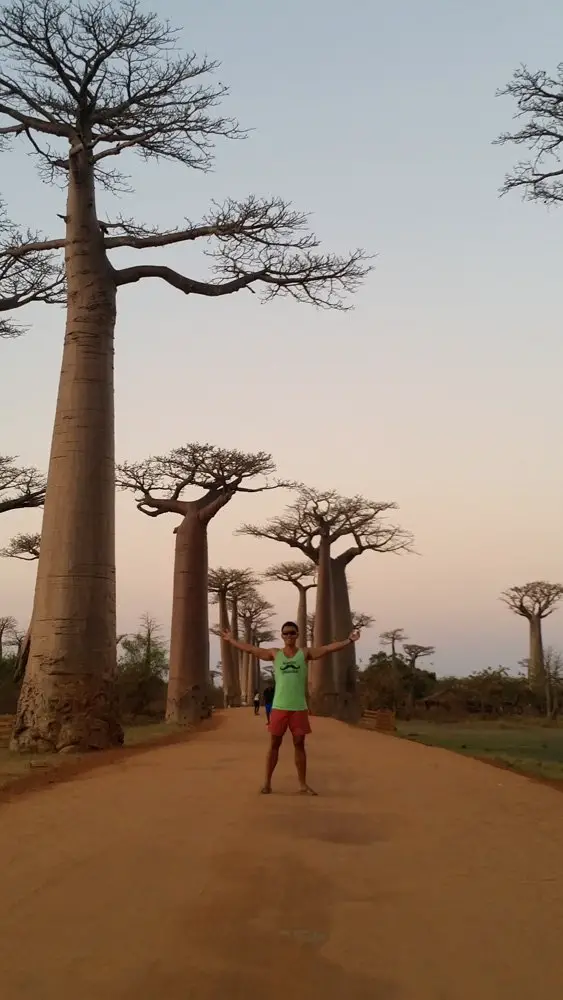
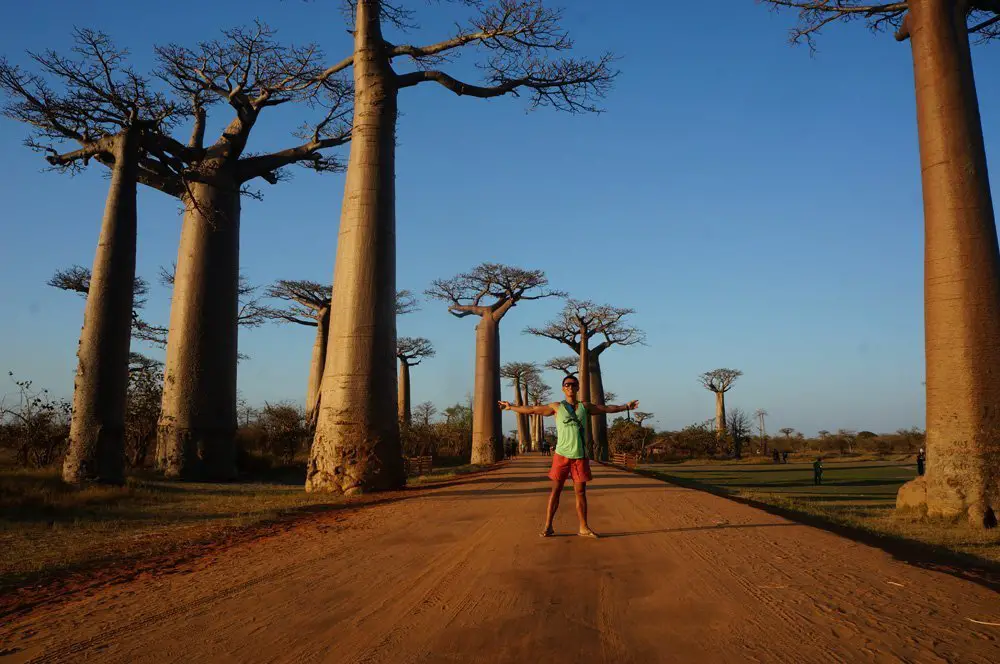
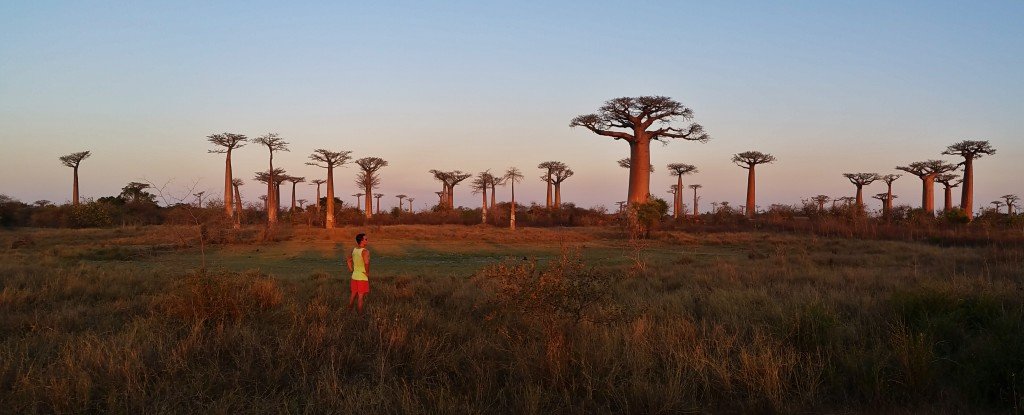
The tree looks like someone uprooted the tree and put it back in the ground upside down as the branches resemble the roots during the dry season as there are no leaves. These same giant baobabs are scattered all throughout the surrounding area, but it is only here, at the Avenue of the Baobabs, that they are so densely packed in a picturesque setting.
Going to the Tsingy Stone Forest REQUIRES passing through this but on our initial journey to the Tsingy, we passed through it during the day. While still impressive during the day, it is really at sunset that this place is magical. We made sure to time our drive back from the Tsingy Stone forest to Morondava so we’d arrive at the Avenue of the Baobabs for sunset.
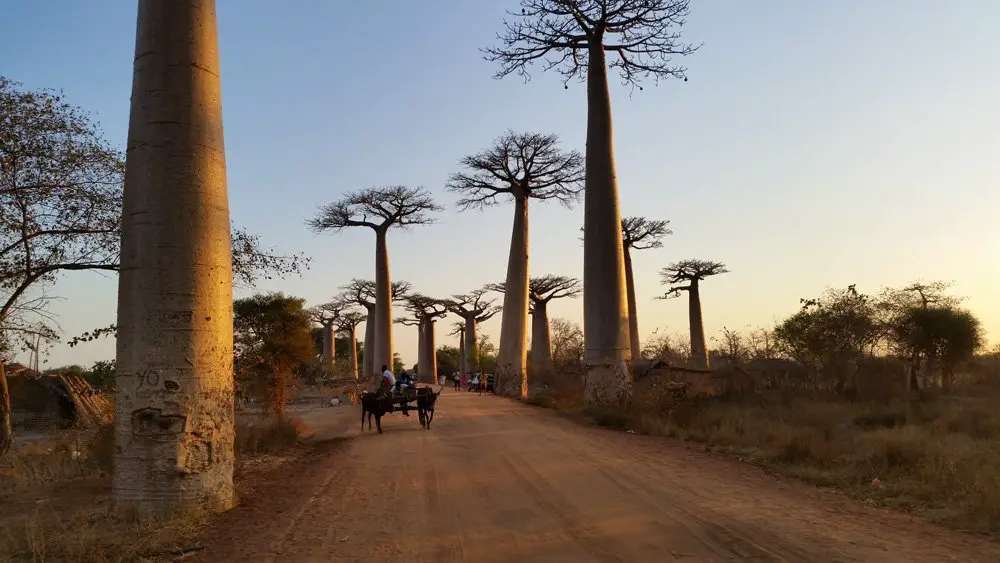
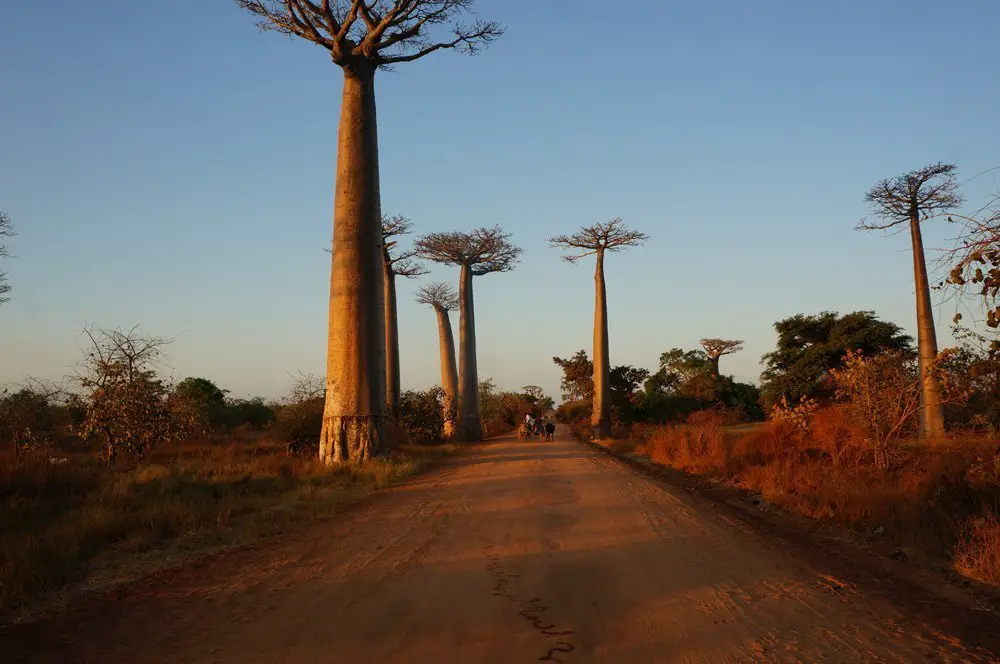
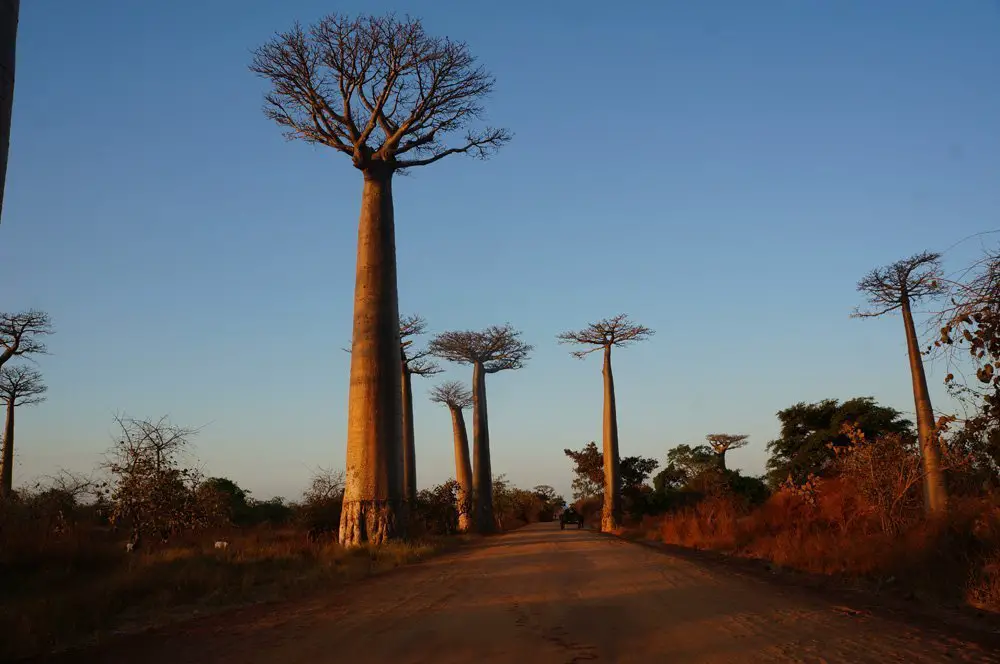
The road that the baobabs surrounds is an important road used regularly by the locals but at sunset, it is frequented by pretty much all the tourists in the area as it is the main attraction in this area. But this is Madagascar, and that still doesn’t mean many! Nevertheless, the other tourists became a nuisance when I wanted pictures of myself and locals in their zebu (cows) carts!
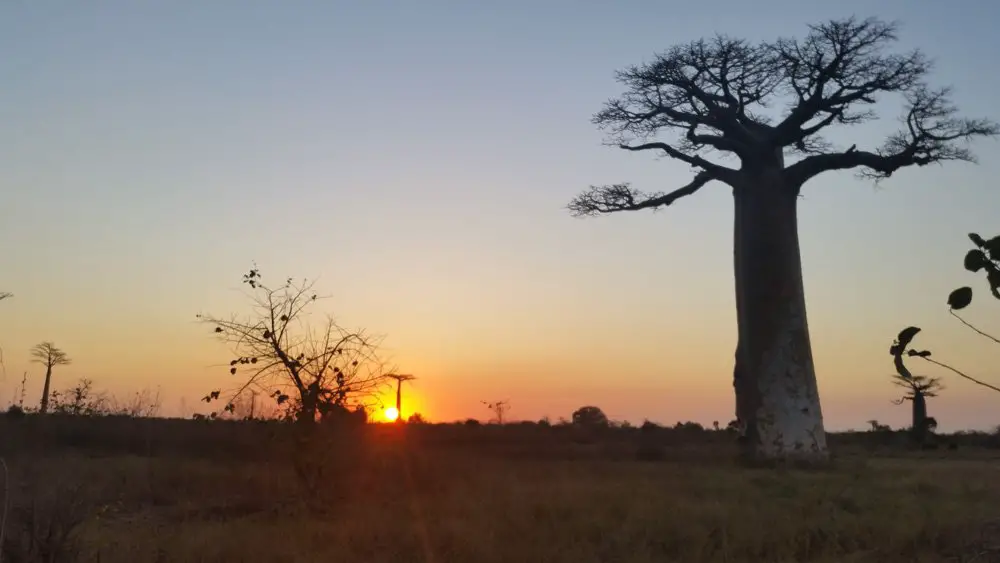
Nevertheless, this is easily one of the coolest and most surreal places I’ve visited. This little road alone is worth the drive out to Morondava just to see these magnificent trees and of course, take some amazing pictures.
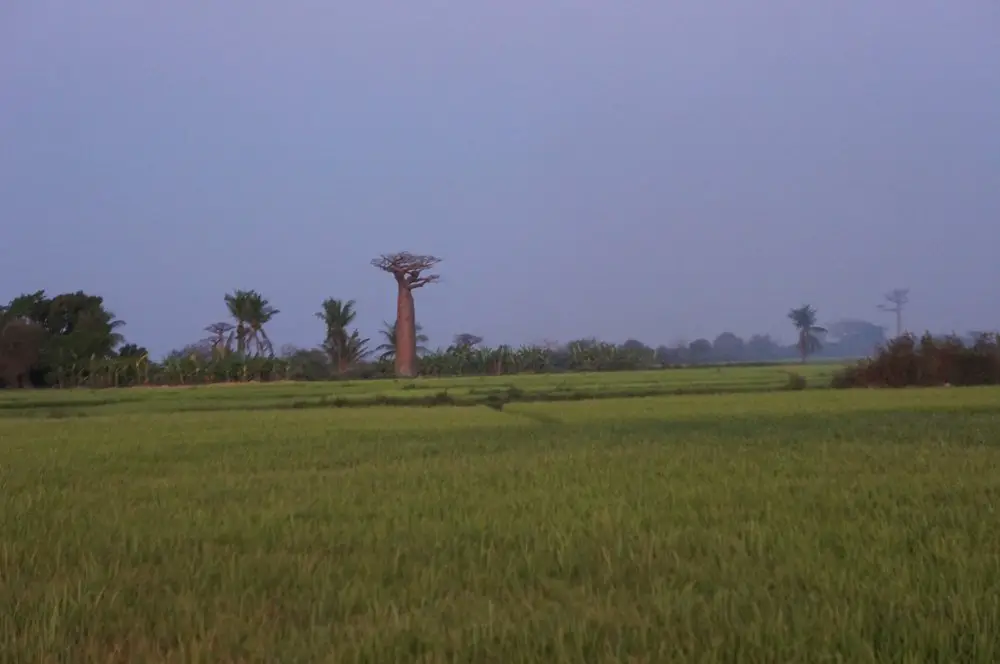
Visiting the Baobabs during the wet season
You might notice that these trees do not have any leaves on them. That’s because I visited during the dry season (May to Oct). During the wet season, the strong rains means that the leaves on the Baobabs are in full bloom affording it an entirely different look. These baobabs will look incredibly otherworldly no matter what season it is!
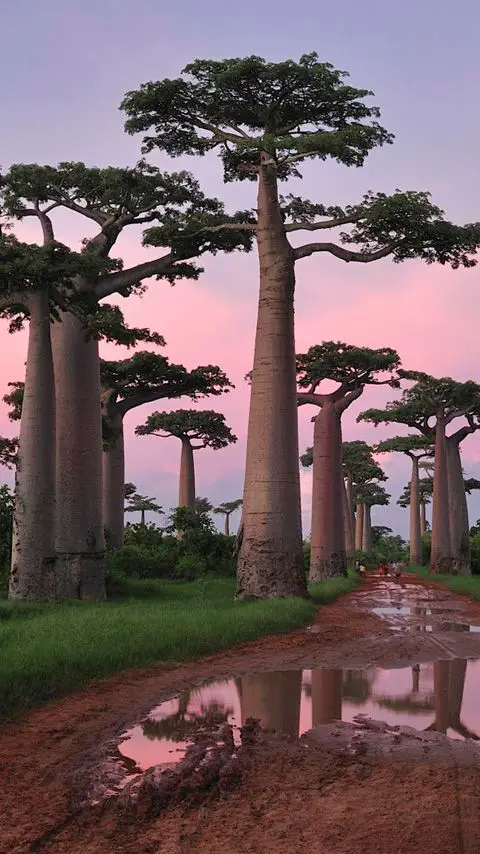
Mangrove Tour
We met a local guy at a bar at night who happened to have a boat. He asked if we were interested in visiting the mangroves and to visit the fisherman’s village. For 40,000 Ariary, he took us out for the afternoon on his little boat.
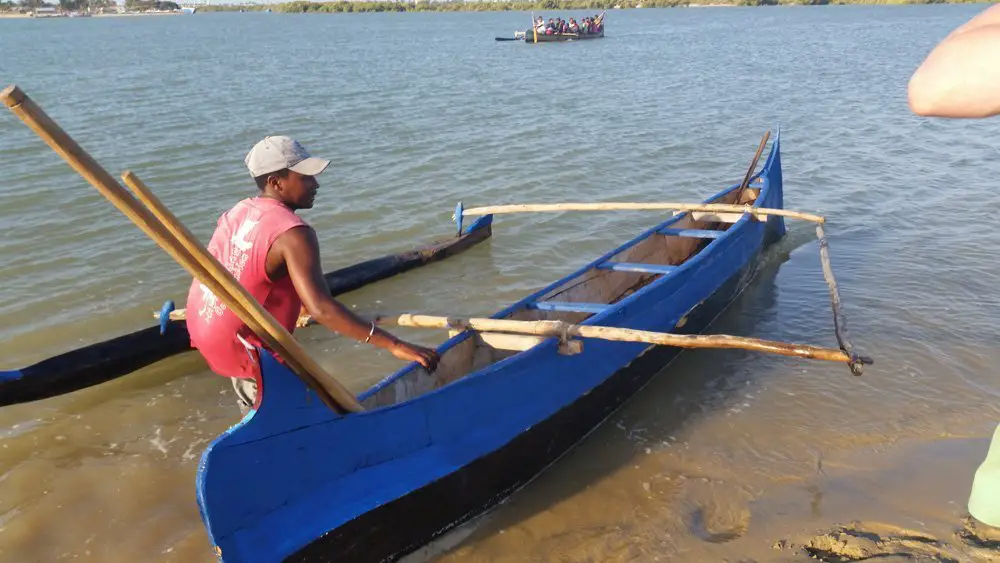
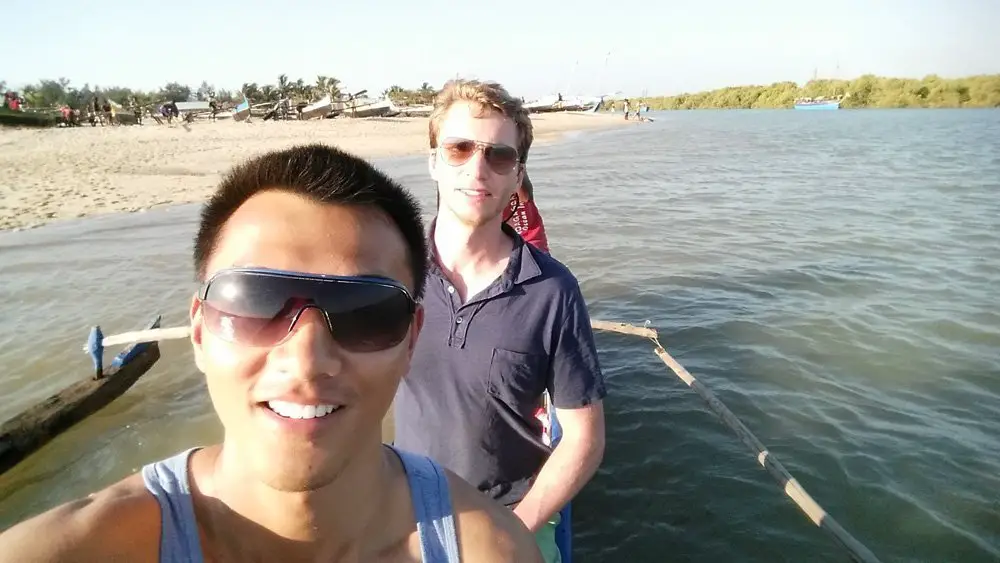
The mangroves were cool to see as they extend for many kilometers but it was visiting the fisherman village that was the real treat. This little beachside congregation of fisherman and their wives was one of the more authentic experiences I’ve had in Madagascar. To get there, our guide paddled his way through the ocean allowing us awesome views of the dhows in the distance returning for the day with their catch. Around sunset, the fisherman return for the day to collate their catch before selling it to the hotels in Morondava.
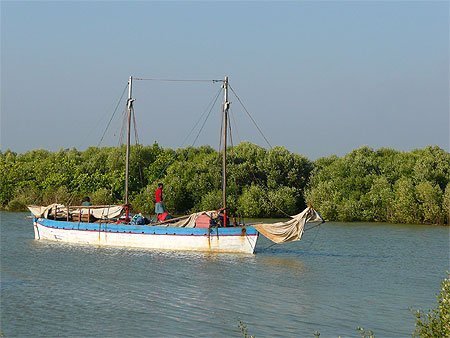
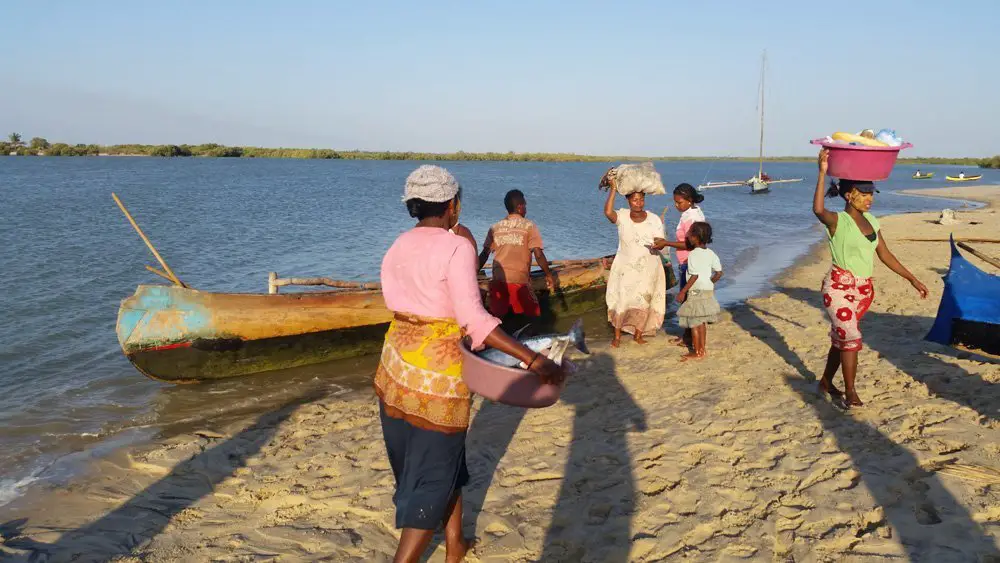

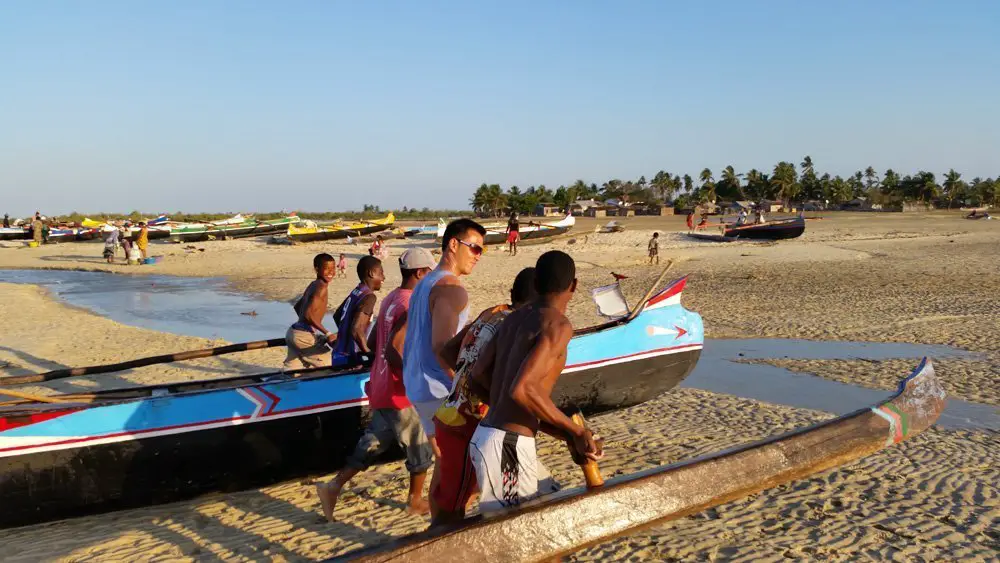
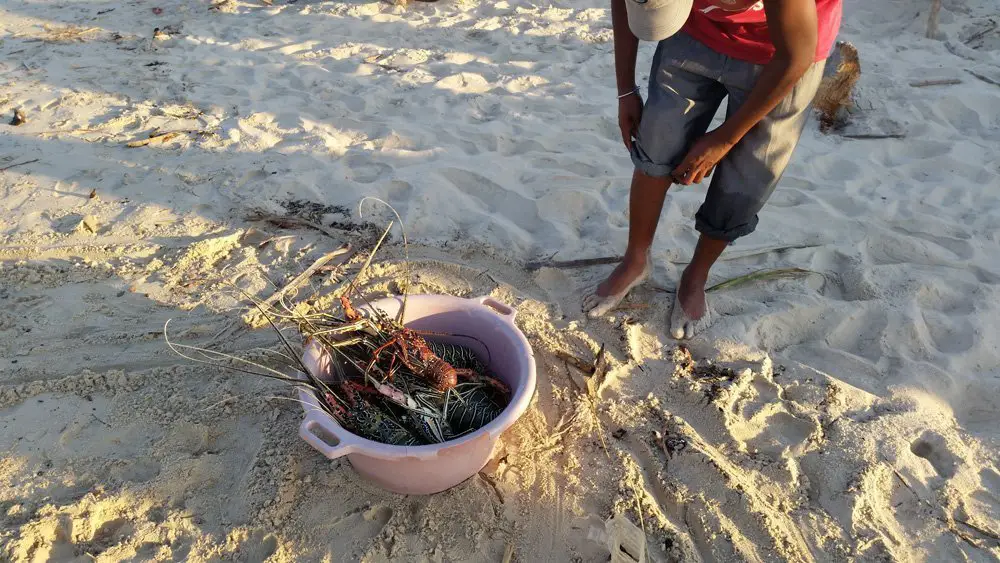

Just walking around this place was such an authentic experience. We were surrounded by so many different types of fish and the biggest langoustines I’ve seen. For a langoustine that was almost 2kg, they asked for 20,000 Ariary (~8$), and the same langoustine at a hotel would have cost me 3x as much. They even offered to cook it for me on the beach. I said no but looking back on it, I most definitely should have said yes. We even helped some fisherman carry their boats to land before marveling at swordfish and groupers that they caught on their day out. A worthwhile experience for sure.
What to do and eat in Morondava
Morondava is a chilled place. Life is slow paced and there isn’t much to do. Being the adventure seeker that I am, I couldn’t stay here long term as I’d go crazy. Two nights was plenty for us and we spent that time recharging from the long drives and rigorous hiking we had just done. What’s that mean? Chilling on the beach, drinking beers, and eating insane amounts of seafood every day.
There are quite a few places to stay on the main beach road. Most places are very affordable and we decided on the Sun Beach Hotel.
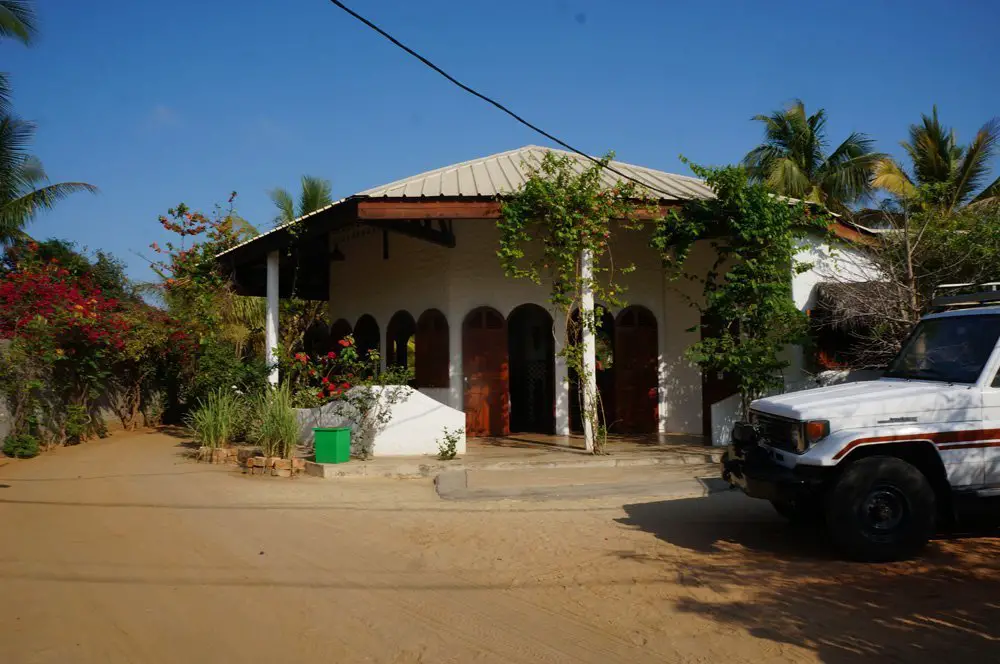
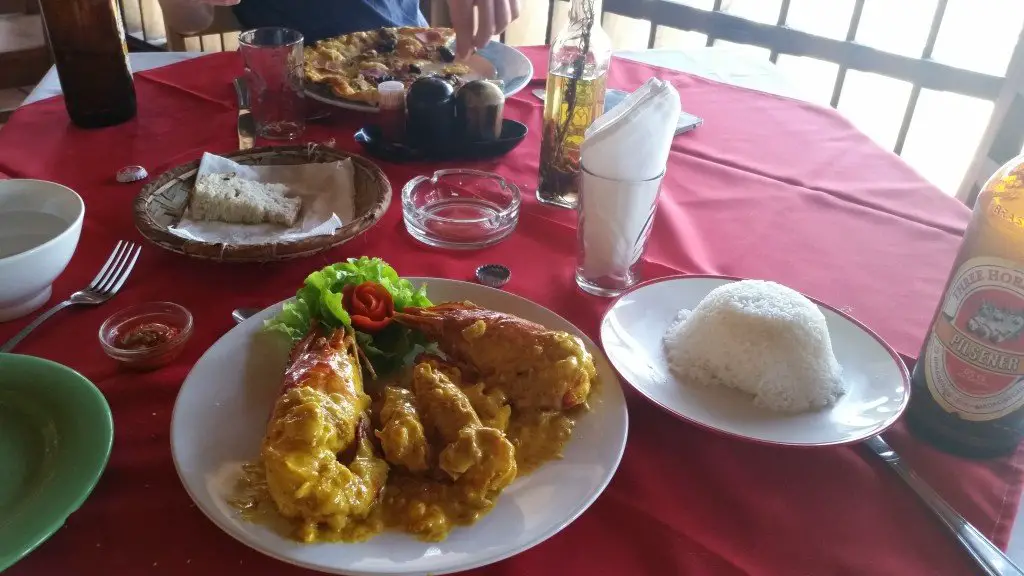
We also met two French young French girls on vacation here, and they would be the only people younger than us that we’d see during our four week stay on the island.
In twenty years time, this place may be completely different and become a tourist hotspot, but until that day comes, I’m happy I was able to see this place as it’s been for centuries!



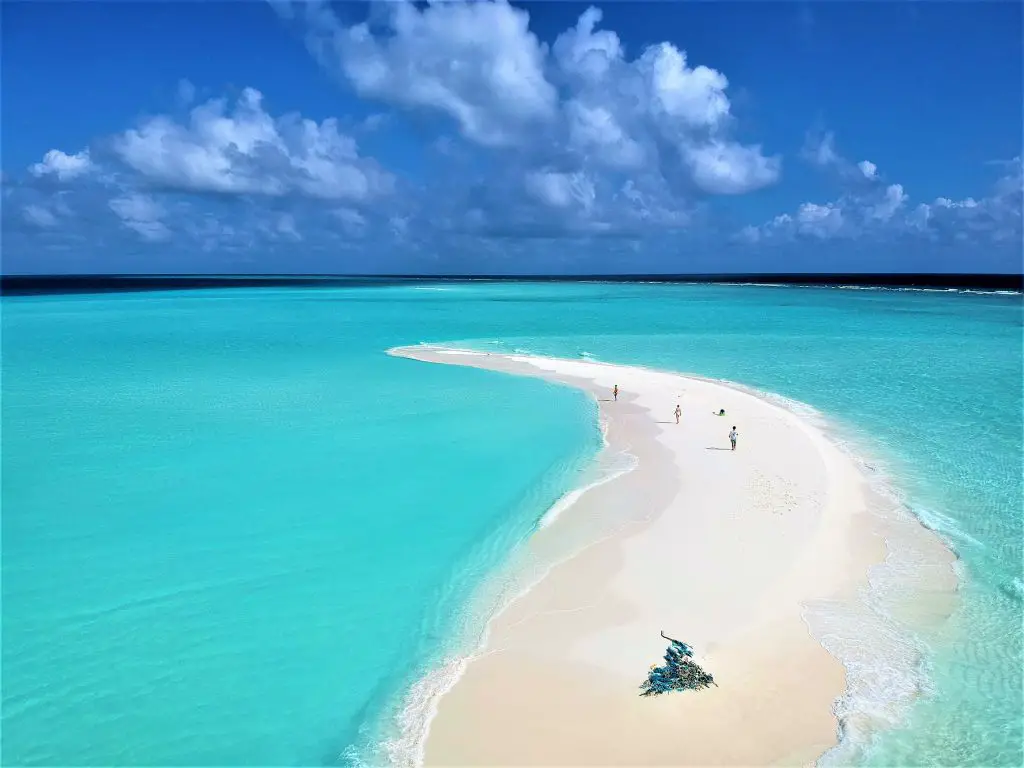
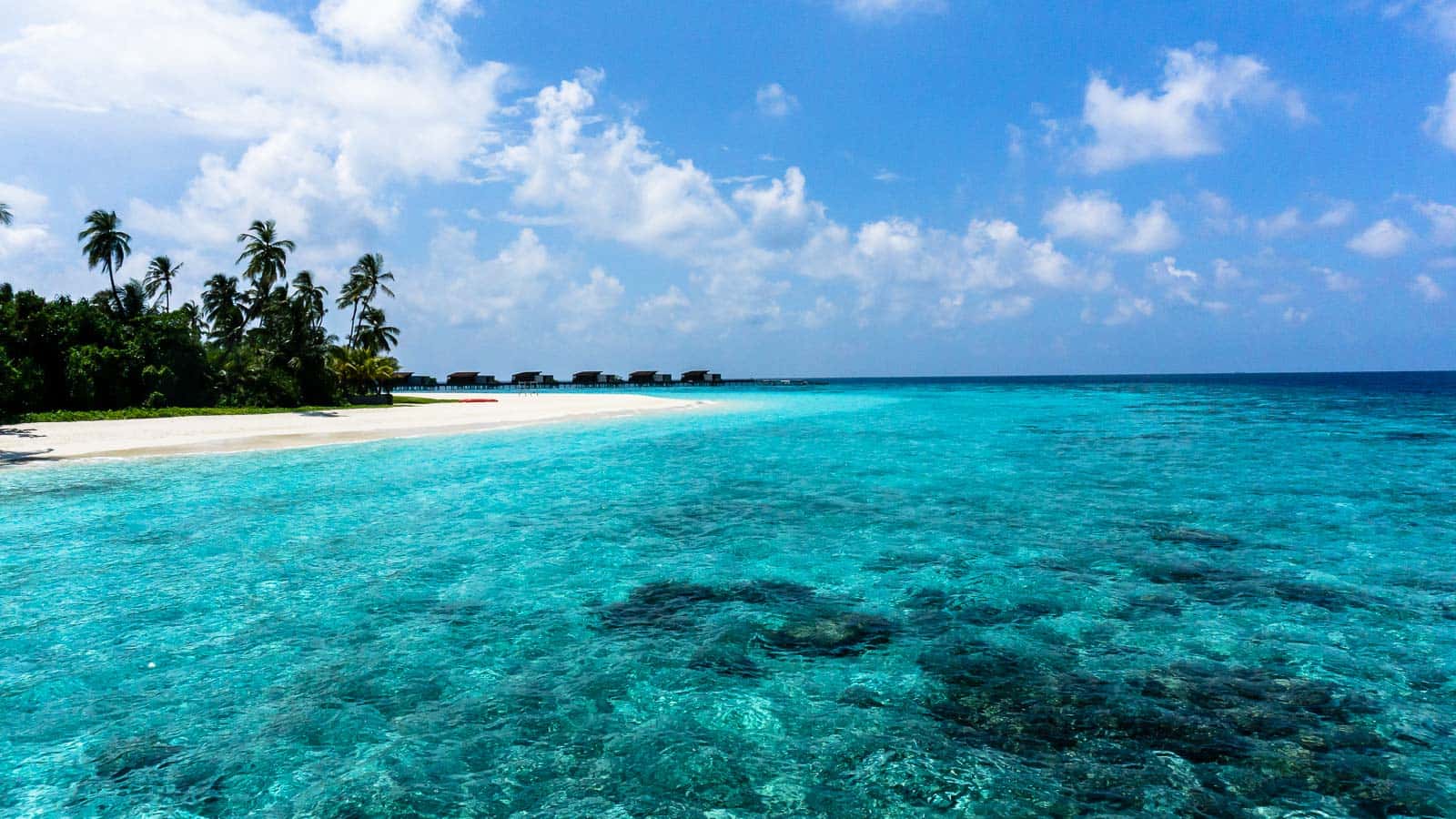
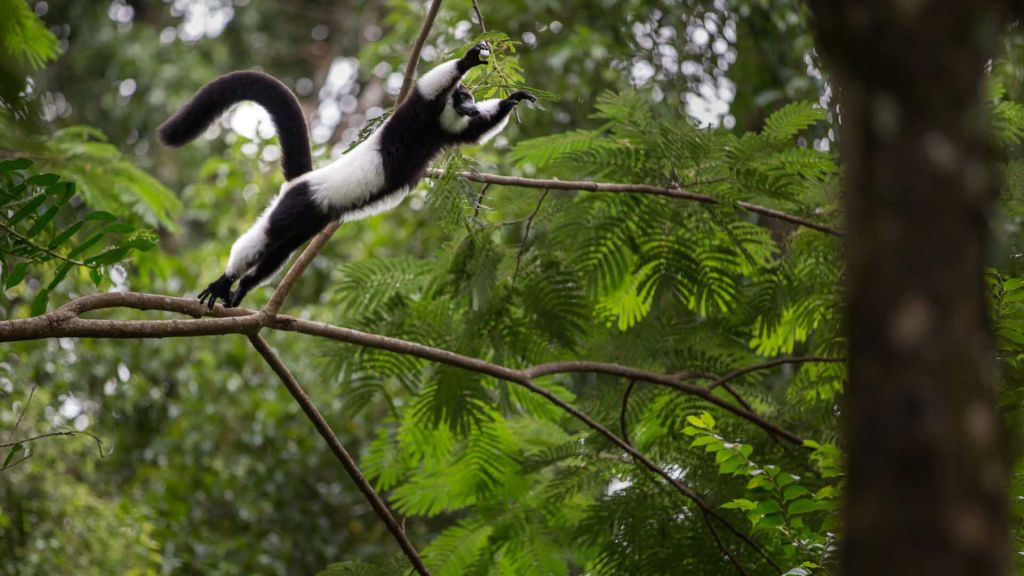
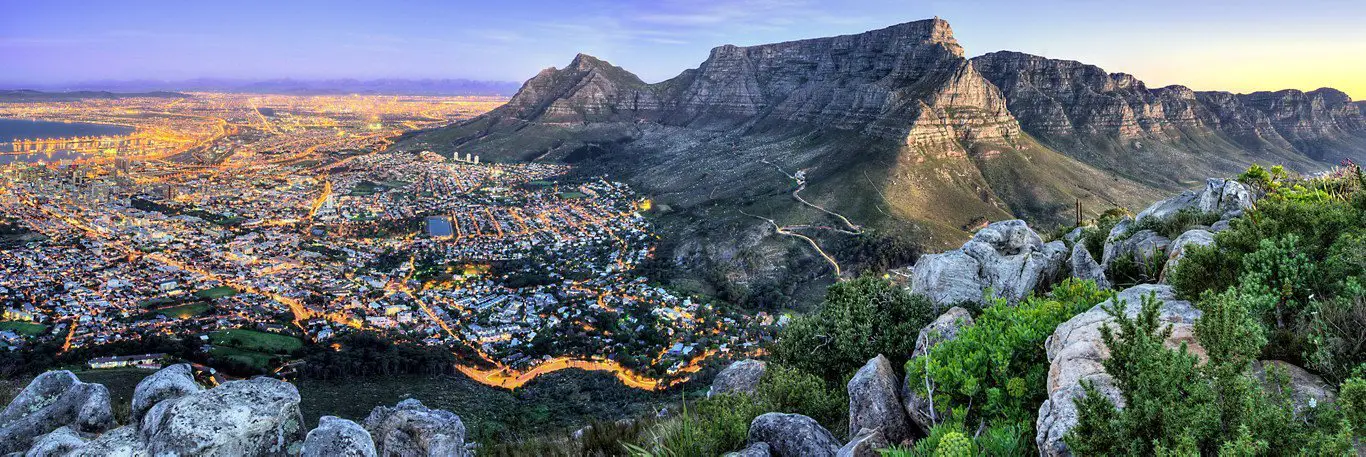
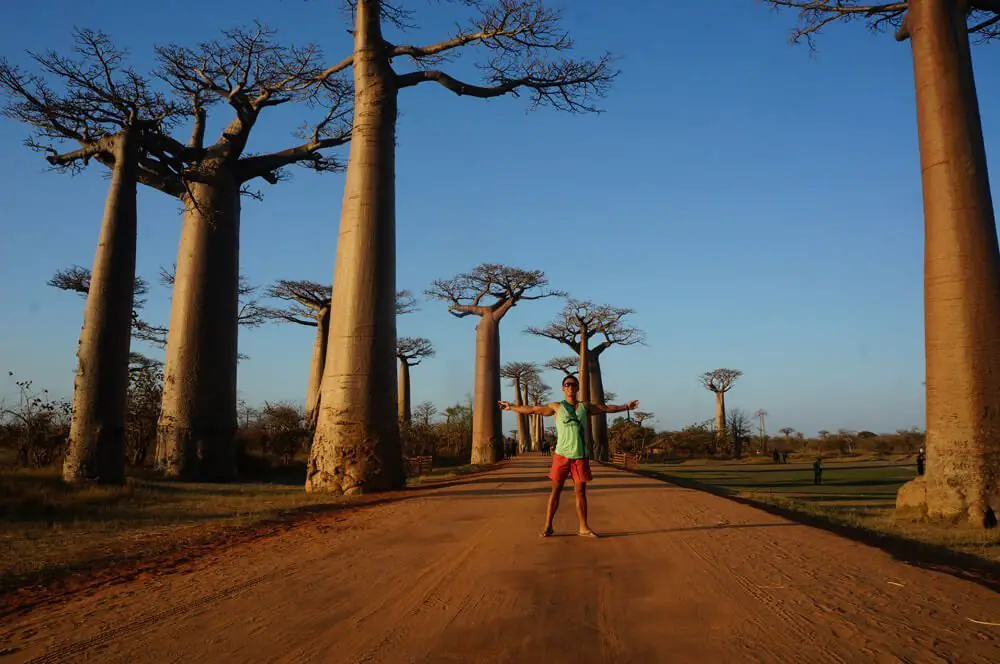
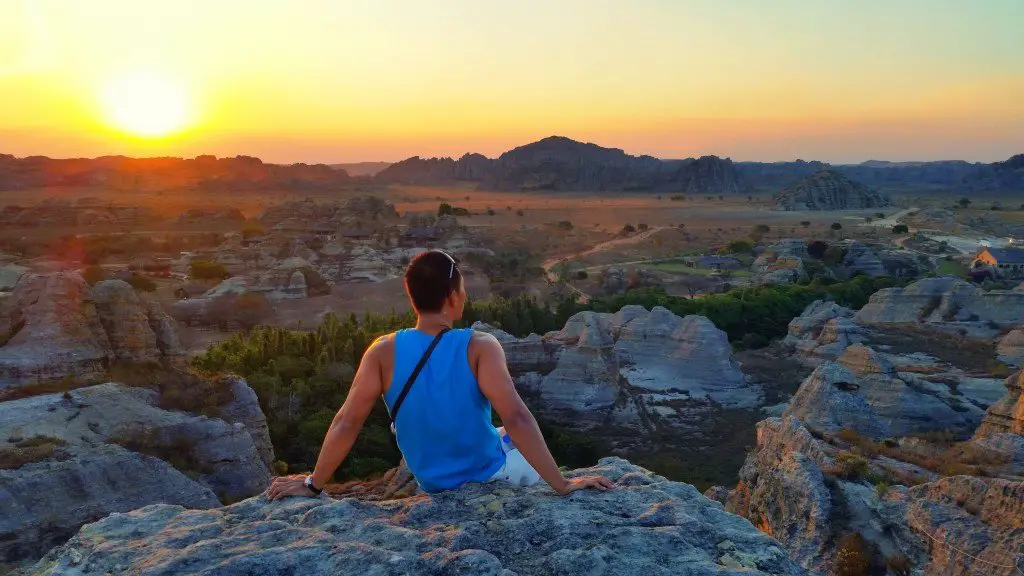

Great post. I will check again your next post. I got a lot of information from your post. your are a good Blogger. Thanks you.
Hi Johnny,
In case Tsingy NP closes in December/way to the same gets washed off, is the travel for only Baobabs avenue in Morondava worth it?
Kindly advise.
Thanks,
Aditi
Hi Aditi, absolutely. I think Morondava and the baobabs is definitely worth the trek. It’s actually not too far from Tana and the drive can be done in 1-1.5 days. You don’t need much time in Morondava (maybe 2-3 days) and the Baobabs can be seen in a few hours. Although, I would just come here every night for sunset if I could!